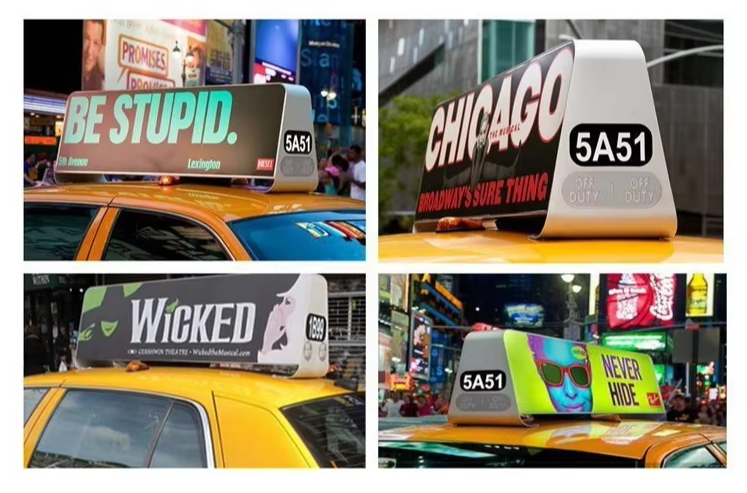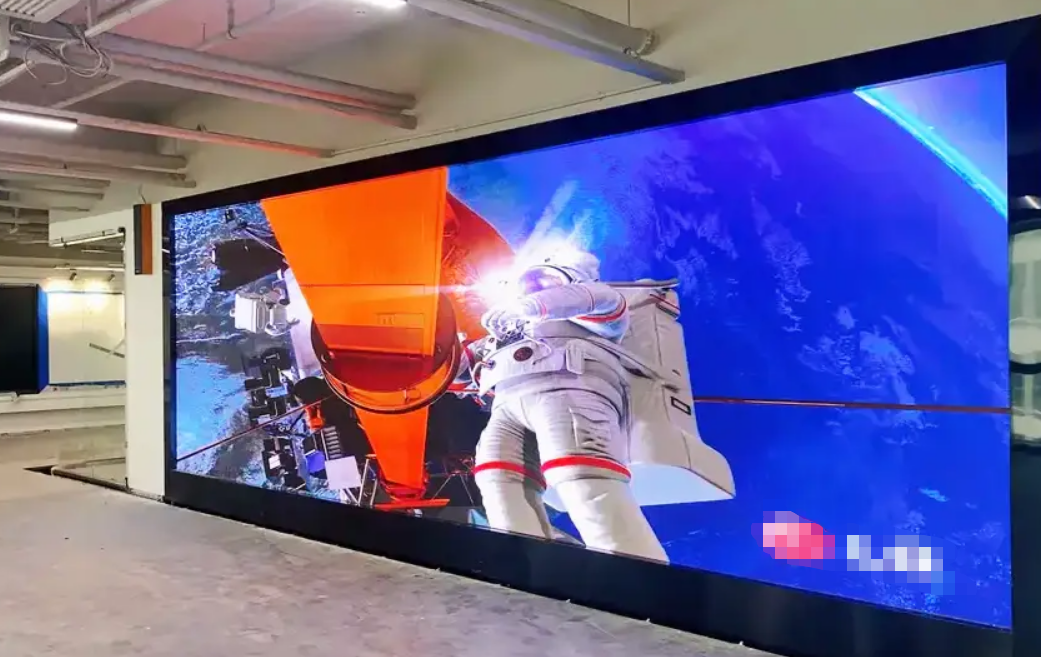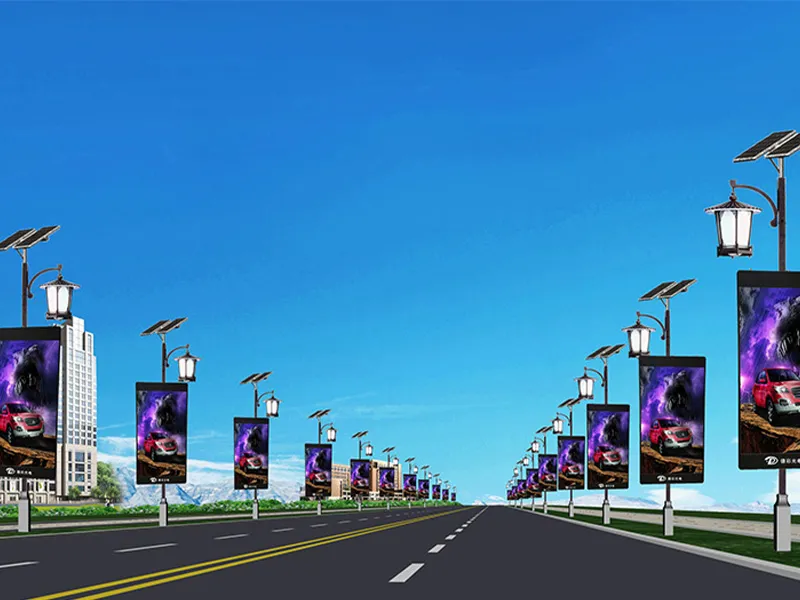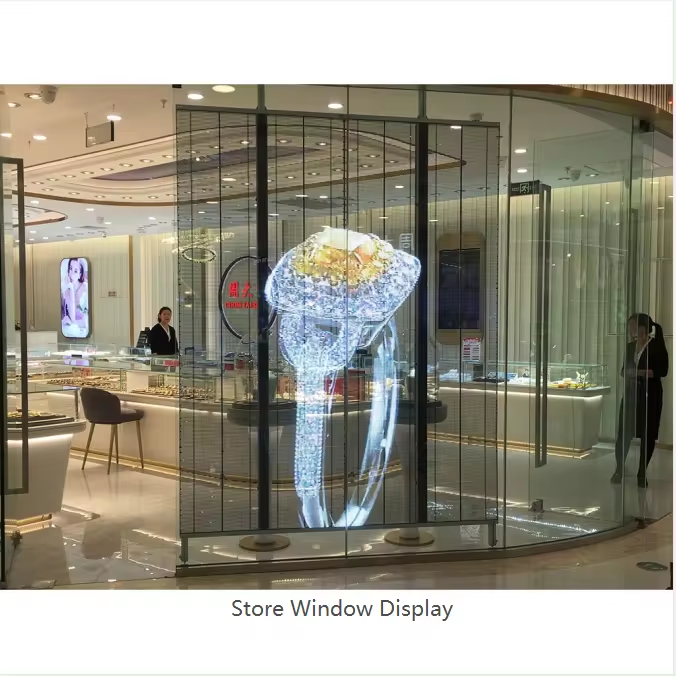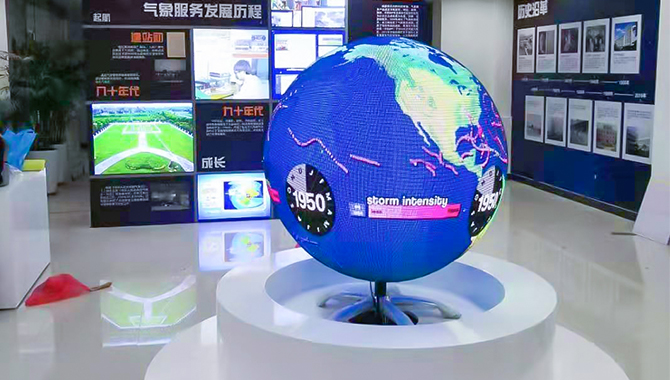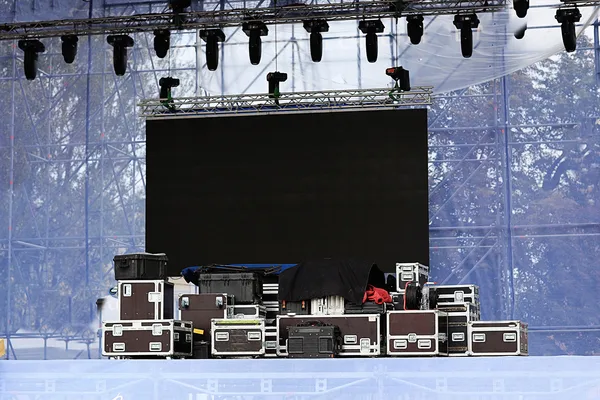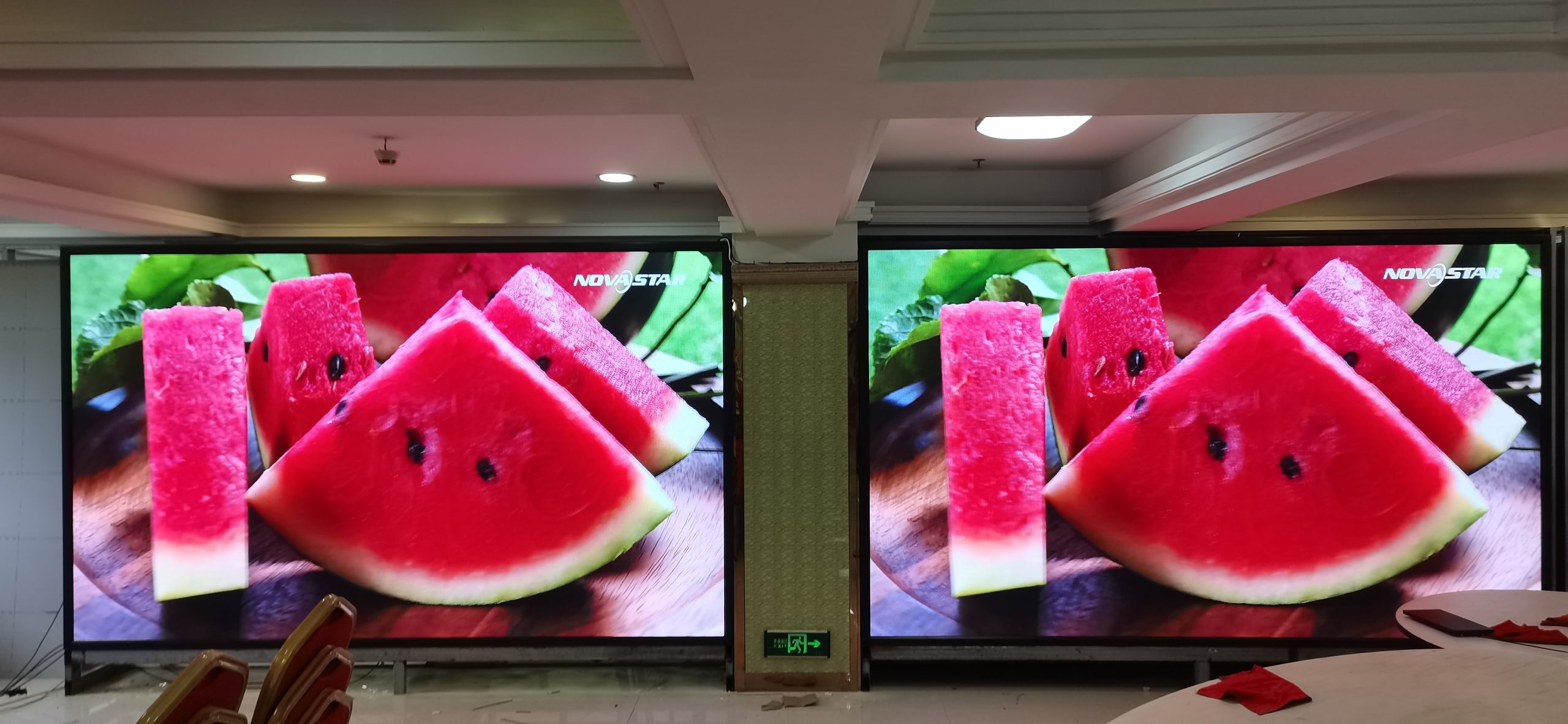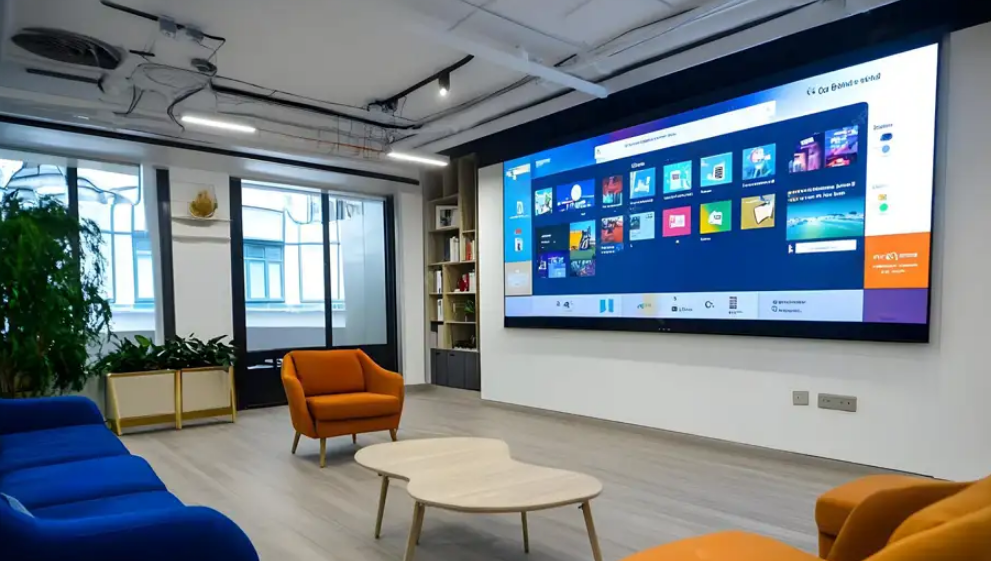Urban areas are adopting pole LED displays for their sustainability and effectiveness in conveying messages and sharing information. Pole LED displays offer exceptional visibility, a modern design, and effective space-saving capabilities, all while ensuring low energy consumption. Perfect for outdoor promotions or delivering essential updates, pole LED displays deliver flexible, cost-effective solutions that maximize space. Choosing a trusted provider like Royal Display ensures you receive durable, high-quality products designed to meet your needs.
As cities look for smarter ways to communicate with residents and visitors, pole LED displays – also called street light pole LED displays or smart pole LED screens – are becoming a key part of modern urban advertising networks. By partnering with a specialized LED manufacturer like Royal Display, municipalities and businesses can deploy pole LED displays that combine stable performance, low energy use, and long-term reliability in real outdoor environments.
#Muenled
#LEDdisplay

